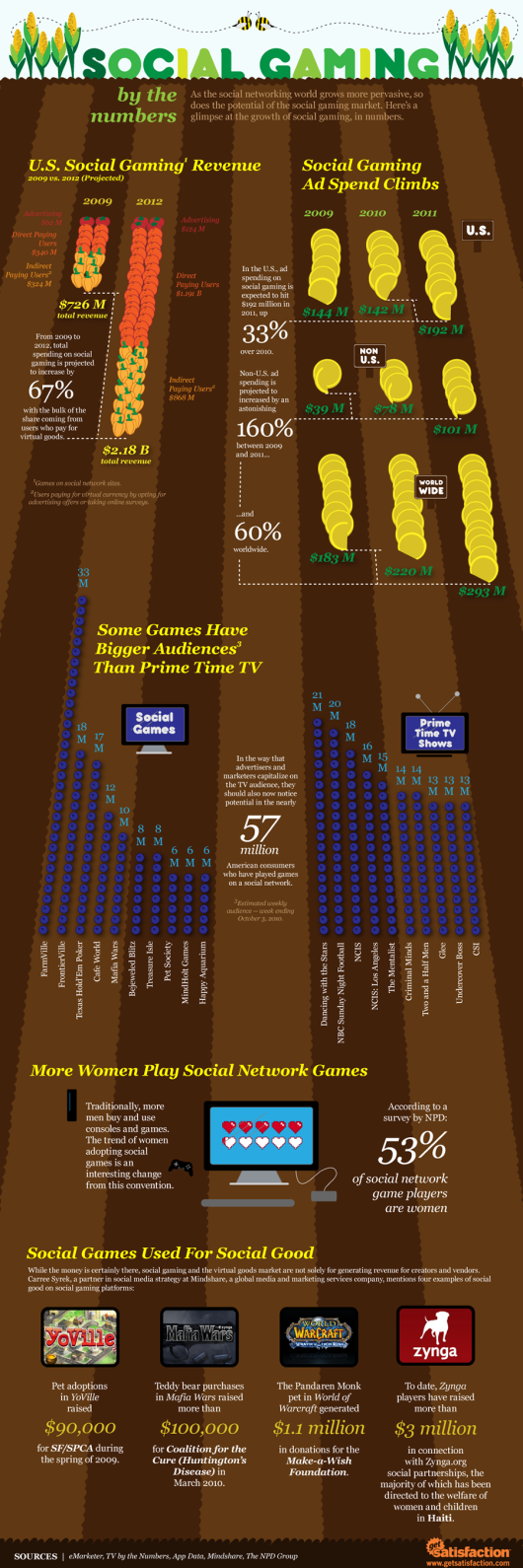Found this very interesting talk on Gamification last year in June led by Bing Gordon here:
Whole transcript is copied and pasted –
Former EA executive, KPCB sFund lead and all around inspiring person Bing Gordon led a talk today at the sFund Gamification Summit. In his talk Gordon broke down platitudes like “gamification is important” into key actionable takeaways on how succeed with gamification, takeaways that could be reformatted and applied to any company.
When asked why he went through the trouble of putting his guide to how to successfully gamify together for entrepreneurs, Bing told me, “Every startup CEO should understand gamification, because the gaming is the new normal,” referring to the fact that every one who had a Nintendo at 16 also has a brain that works in a way that’s more receptive to game elements. “We are overdeveloping the visual cortex of our customers,” he said.
Gamification is as important as social and mobile Gordon told me, which makes sense, as elements like rewarding people for behavior are pure human psychology. His talk was separated into a three-pronged approach, Acquire, Engage and Retain, “All your experiences are three part experiences,” he said.
The best way to acquire customers was to eliminate bounce, by creating a pleasant experience at first entry way, being said. “If you create cognitive dissonance in the first 5 seconds they bounce,” he said. Designers should aim for creating a “touchable box” or something that people want to touch. He then referred to the game’s interface as being an engine, saying that a great UX/UI guy could save a company from having to throw out thousands of lines of code and could replace five engineers.
Baked in virality was also emphasized as a huge part of customer acquisition, and Gordon said that addition of Facebook profiles were responsible for 15 million versus 1 million monthly active users on Zynga Poker. Adding a friend bar meant 70 million MAUs versus two million on Farmville according to Gordon. “People come back more often when they have a date,” he said.
In terms of user engagement, Gordon advised CEOs that first impressions matter, “Your job is to create a “Wow” within the first session … The value of gamification is the mechanics second and the mind of gamers first.”
Things like virtual goods, showing numbers and giving badges are ways to positively reinforce users for playing your game. Letting them own part of the game by generating and submitting their own content was another way to solidify this emotional bond between creator and user.
Bing also emphasized the value of avatars in games, “Any kind of avatar that people buy into can dramatically change engagement.” It makes sense, people love things that give them a sense of identity. If a game, service or anything really can give them that, then they’re hooked.
Constraints, pre-announcements, and engendering social obligations to play a game were other things Gordon touched on that can contribute to customer retention. He said that the number one question on a game designer’s mind regarding a user should be “Will she come back?” and then “When?”
“We’re in an era where we can have billion dollar audiences,” he closed out the talk saying. There’s no harm in using a few tried and true devices to keep people coming back.


